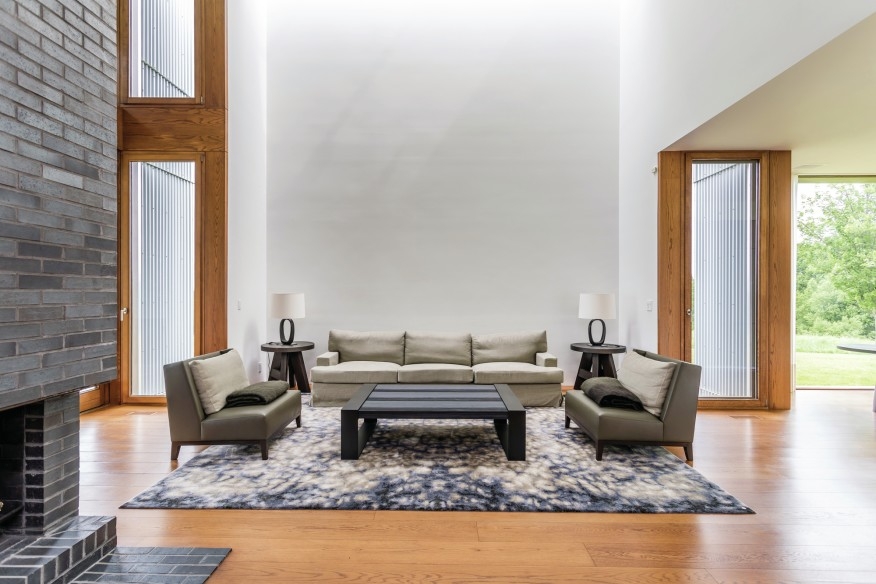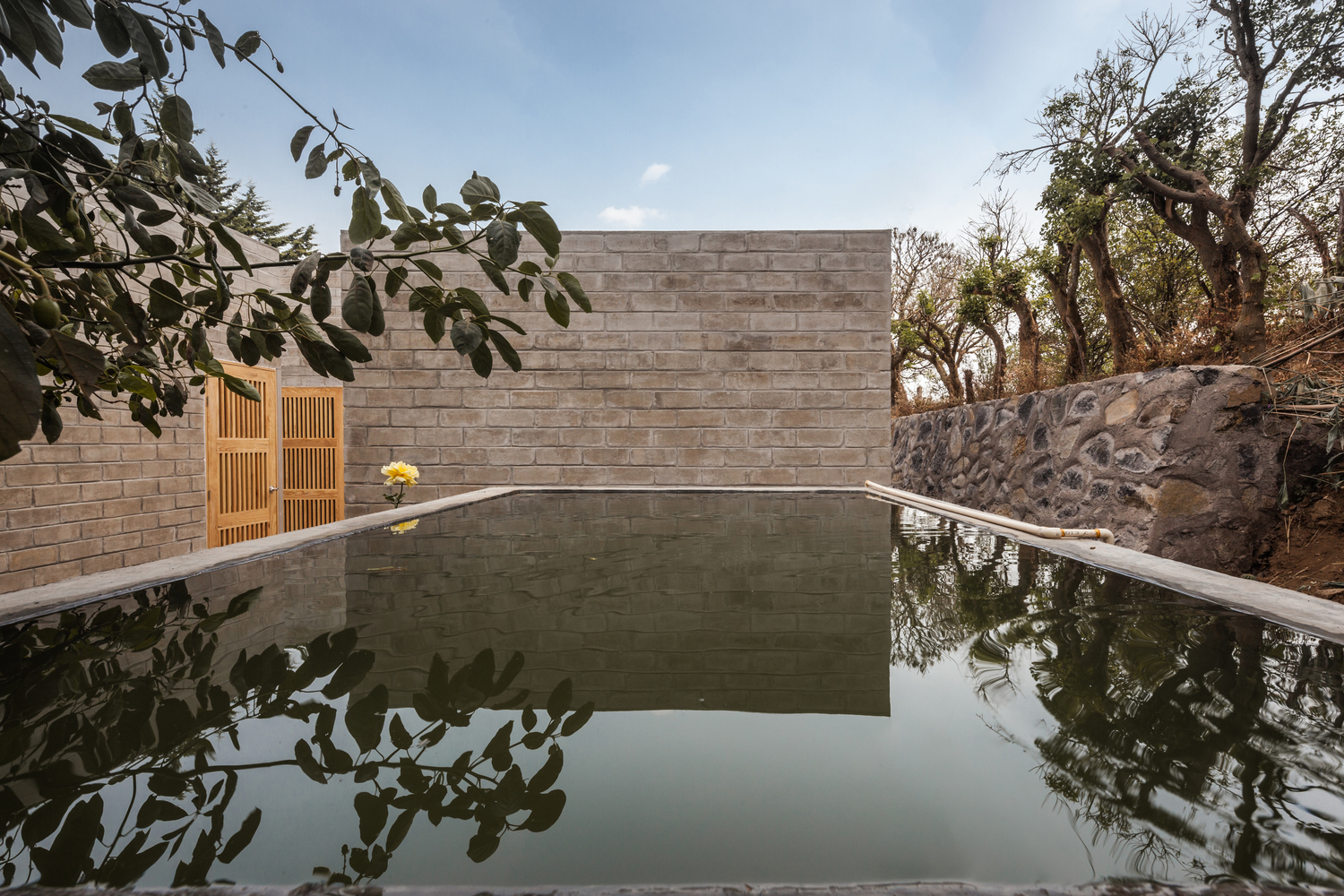Architects design structures made to be lived in, worked in, studied in. Or simply seen and interacted with. Yet many distill their design ethos into functional tools for the home. More affordable and with shorter production times, everyday objects like chairs make an architect’s point of view more accessible to the masses. All the more so with silverware. While less common than furniture, architect-designed cutlery condenses the underlying ideologies of large-scale projects into handheld tools. Below, find five flatware kits from world-renowned architects, each of which reflects its maker’s signature style.
Alessi Mu
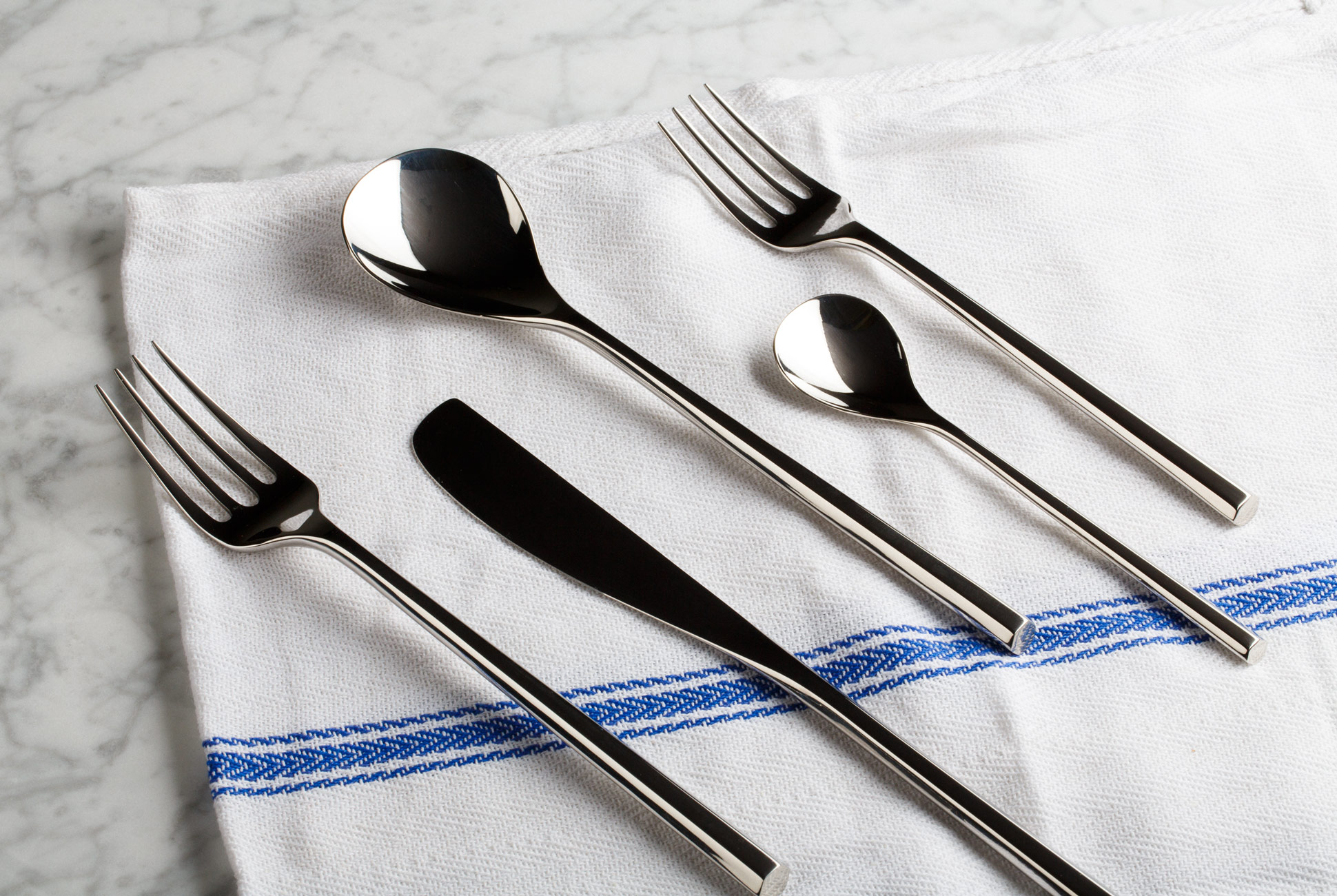
With handles that echo chopsticks and shallow spoon bowls inspired by gingko leaves, Pritzker Prize–winning architect Toyo Ito applied Japanese influences to Western-style cutlery in his Mu flatware collection. Ito has built his career on architecture intended to liberate buildings from the confines of an urban grid, relaxing boundaries by integrating negative space and faceted windows into solid forms.
Year Created: 2013
Architect: Toyo Ito
Notable Buildings: Kaohsiung National Stadium, Taiwan; Museo Internacional del Barroco, Mexico; Za-Koenji Public Theater, Tokyo; Taichung Opera House, Taiwan
Georg Jensen Arne Jacobsen
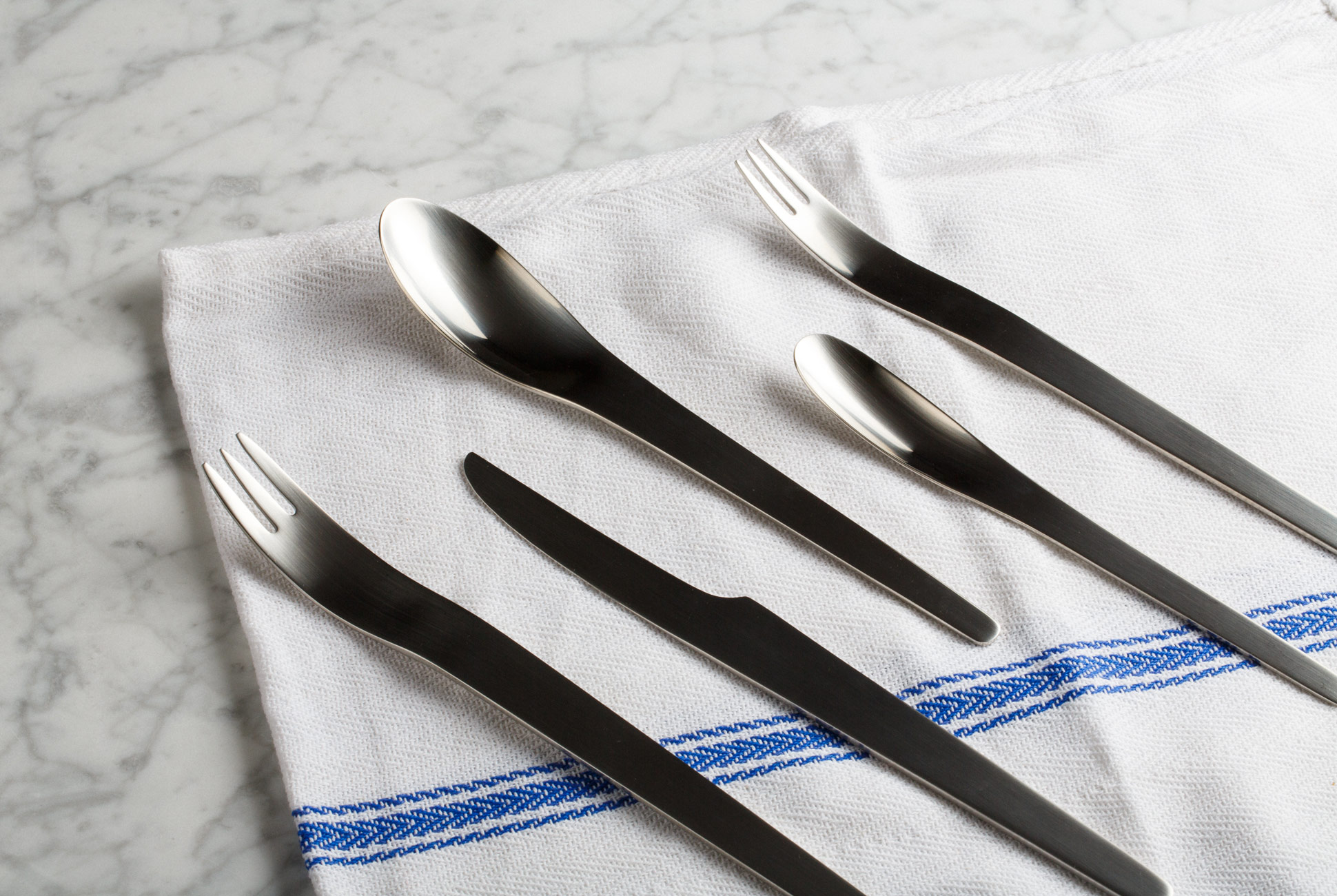
Guided by a less-is-more mentality, Danish mid-century architect Arne Jacobsen remains best known for his 1958 Egg Chair, created for the lobby of Copenhagen’s SAS Royal Hotel — which he, too, designed. Jacobsen’s cutlery set, produced by Georg Jensen, maintains the same emphasis on minimal, futuristic shapes for which he came to be recognized — and was used by the crew of Discovery One in Stanley Kubrick’s 2001: A Space Odyssey.
Year Created: 1957
Architect: Arne Jacobsen
Notable Buildings: Danish National Bank, Copenhagen; SAS Royal Hotel, Copenhagen; St. Catherine’s College, Oxford
Sambonet Gio Ponti
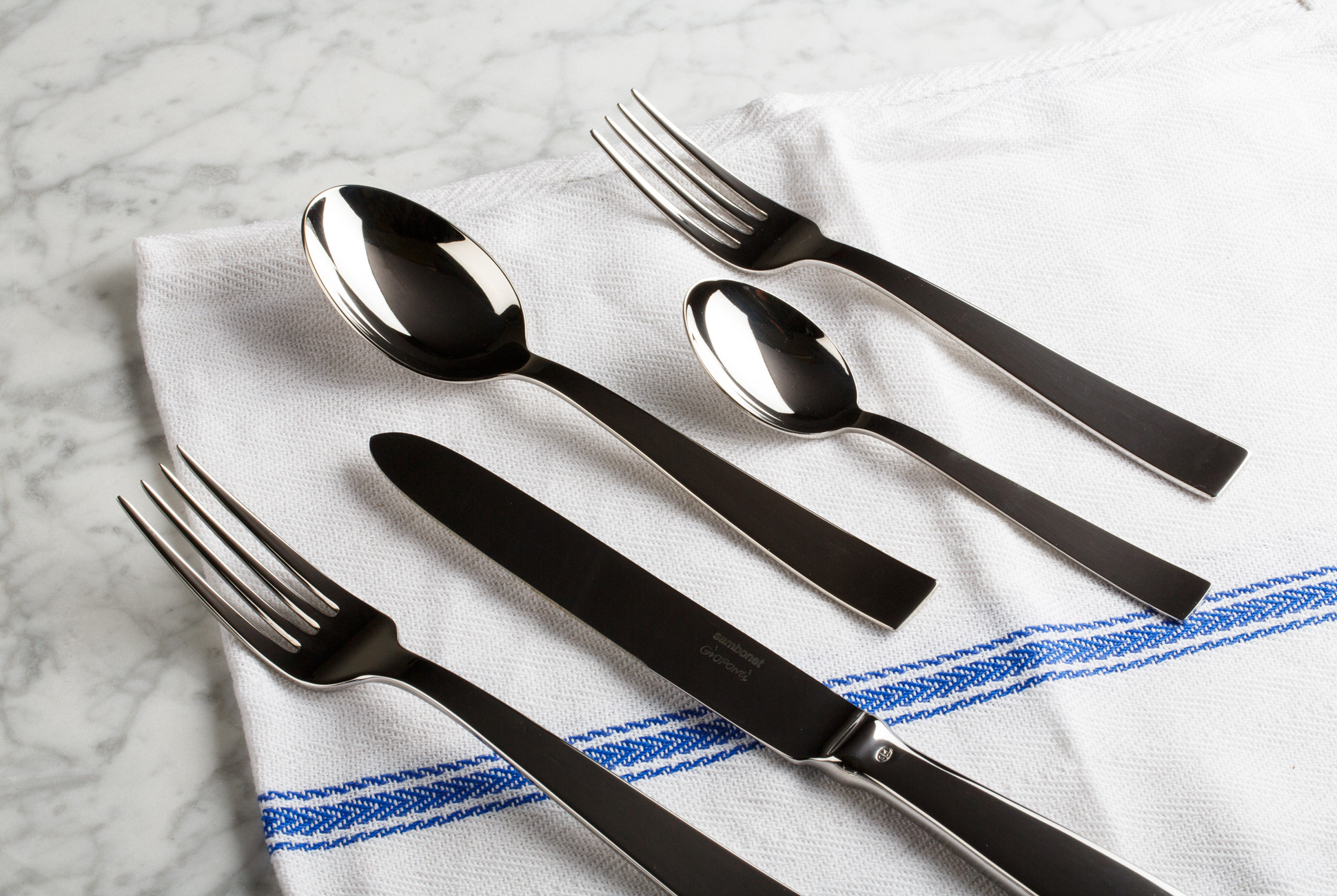
Italian architect Gio Ponti’s wide-ranging output can seem disjointed, flitting from buildings to furniture, interiors and design objects without adhering to any one aesthetic. Yet Ponti, whose roots were in neo-classical Italian design, set out to create structures and objects that were just as satisfying to view as they were to engage with. Ponti’s utility-driven influences are apparent in his flatware set, with squared handles that provide a more comfortable, balanced grip.
Year Created: 1954
Architect: Gio Ponti
Notable Buildings: Pirelli Tower, Milan; Parco dei Principi Hotel, Sorrento; Denver Art Museum, Colorado
Iittala Piano
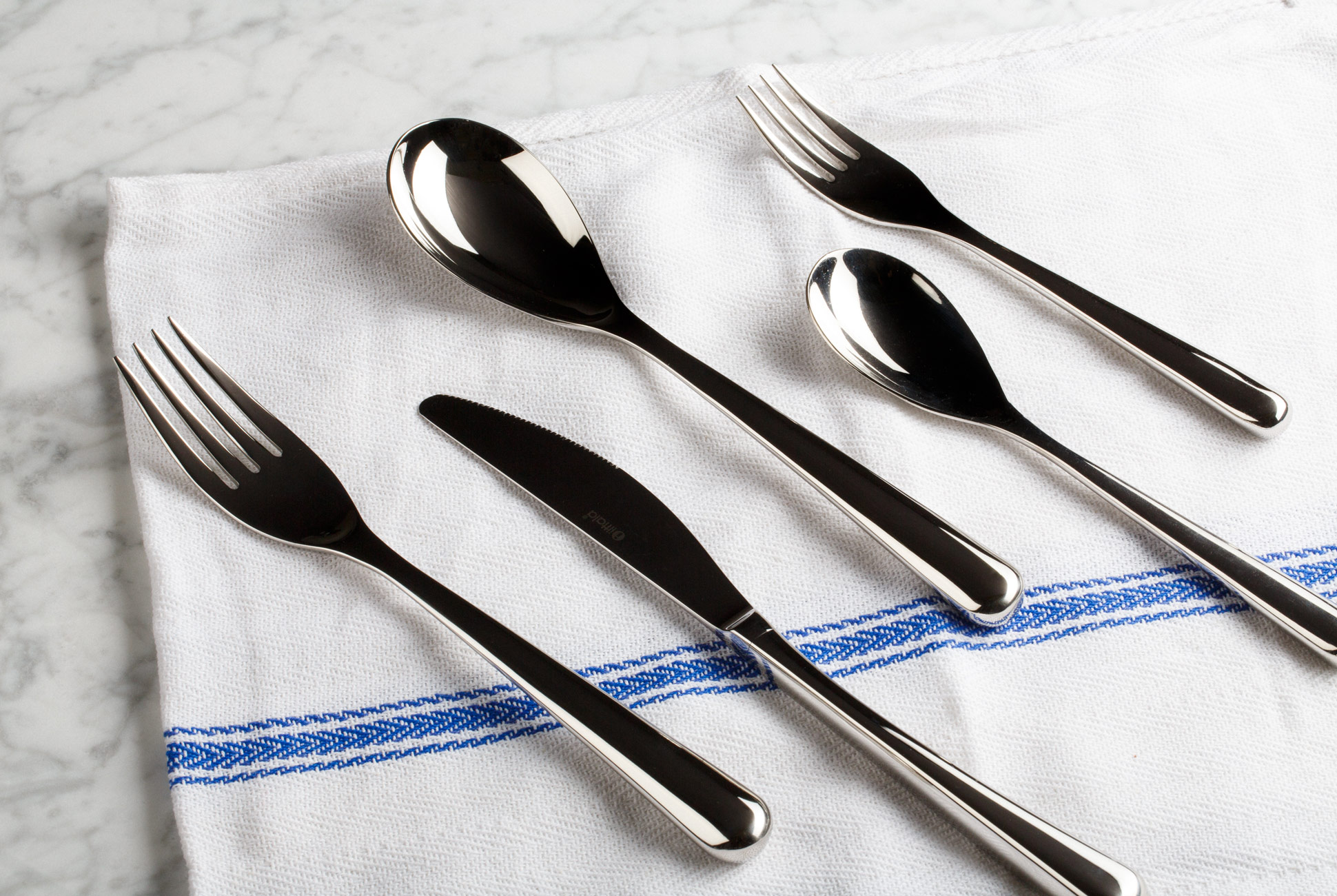
Born into a family of builders, Pritzker Prize–winning Italian architect Renzo Piano often leaves the structural elements of a building visible, integrating them within its final form, as in the case of Paris’ Centre Pompidou. Just as Piano designs both interiors and exteriors with a building’s intended purpose in mind, his flatware set, with smooth, rounded forms and hollow handles to reduce weight, is made to feel like an extension of the user’s hand.
Year Created: 1998
Architect: Renzo Piano
Notable Buildings: Whitney Museum, New York; Centre Georges Pompidou, Paris; The Shard, London
Alessi eat.it
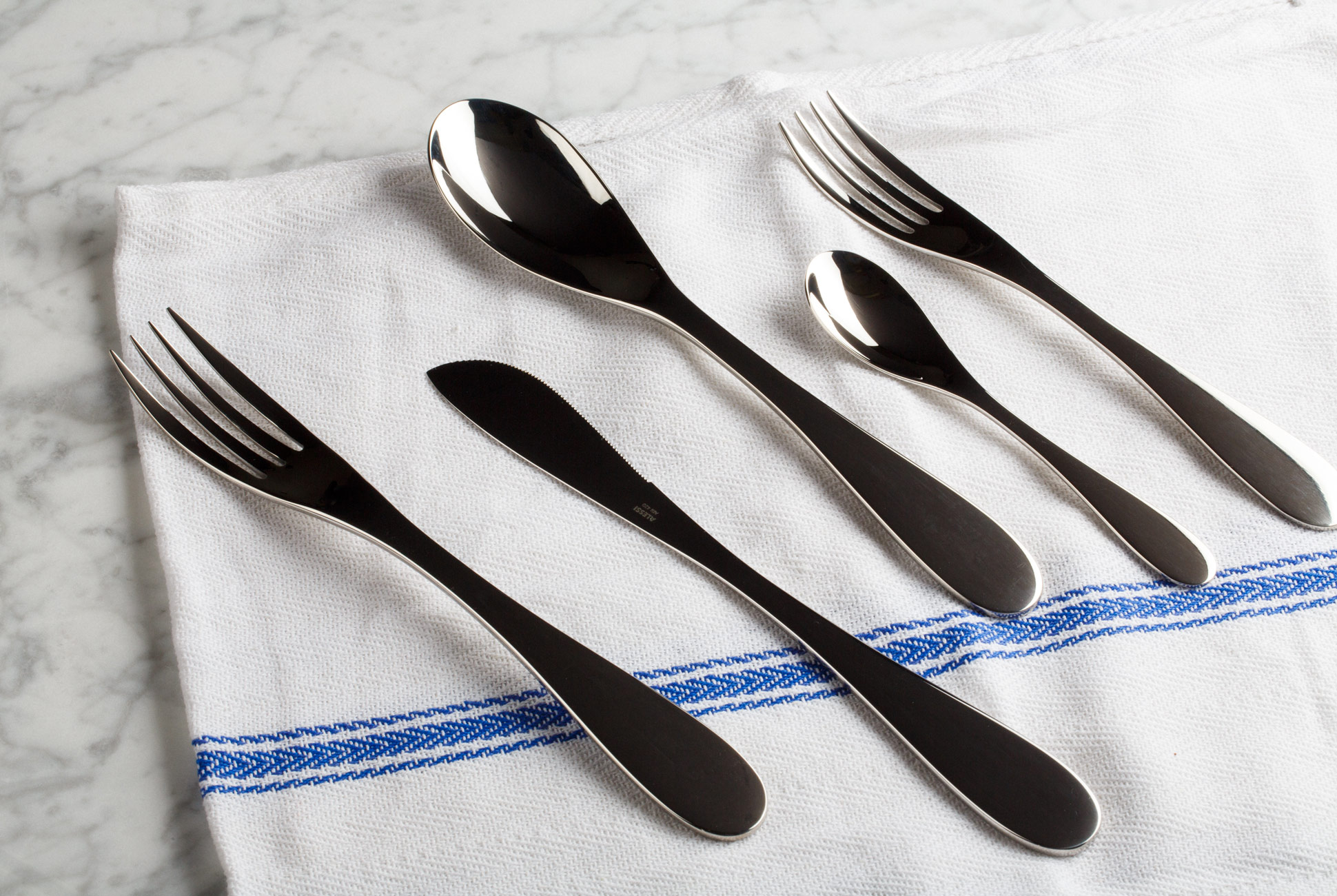
Wiel Arets’ flatware set is designed to be stacked vertically, proposing a new way of setting a table. Reductive but not delicate, Arets’ architecture is characterized by minimal, geometric forms, with structures that integrate within the surrounding environment and remain amenable to future changes.



